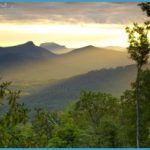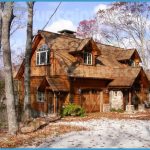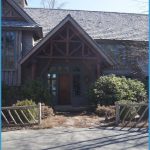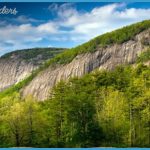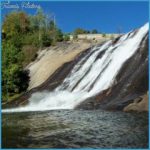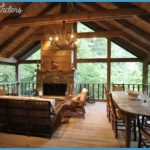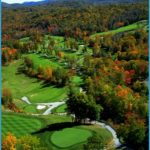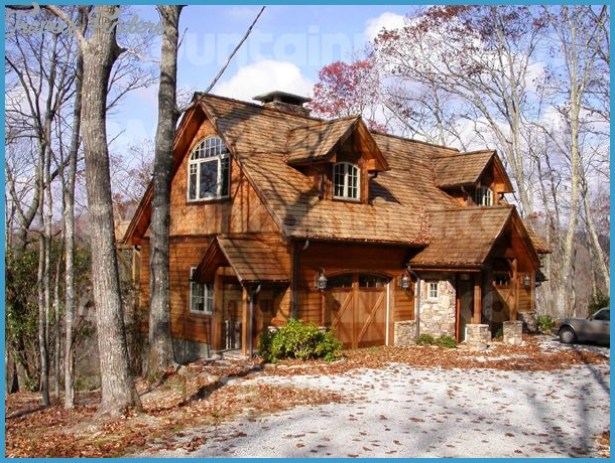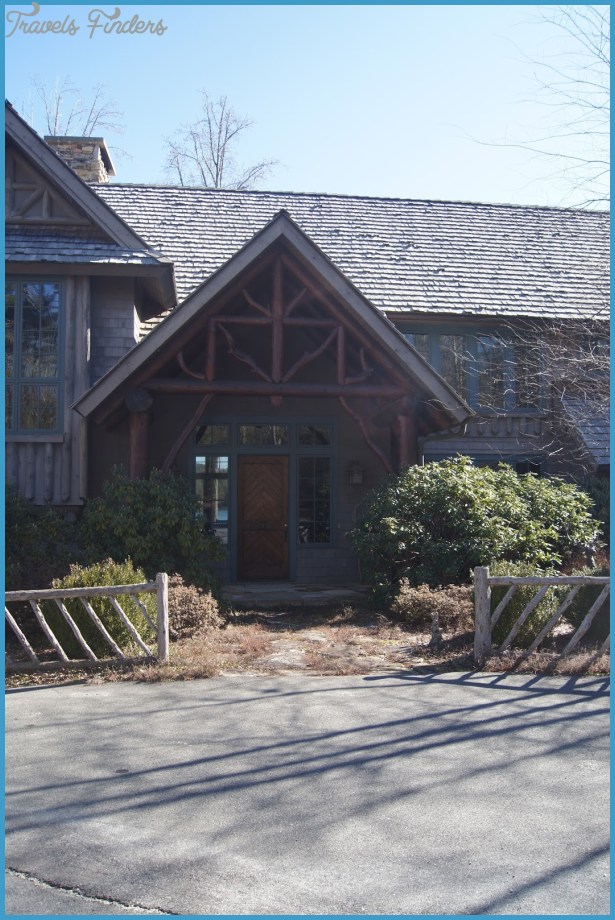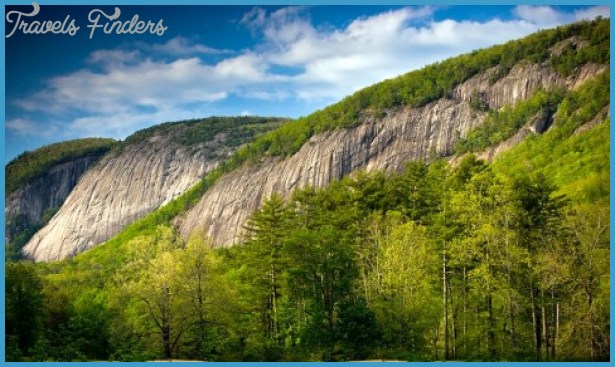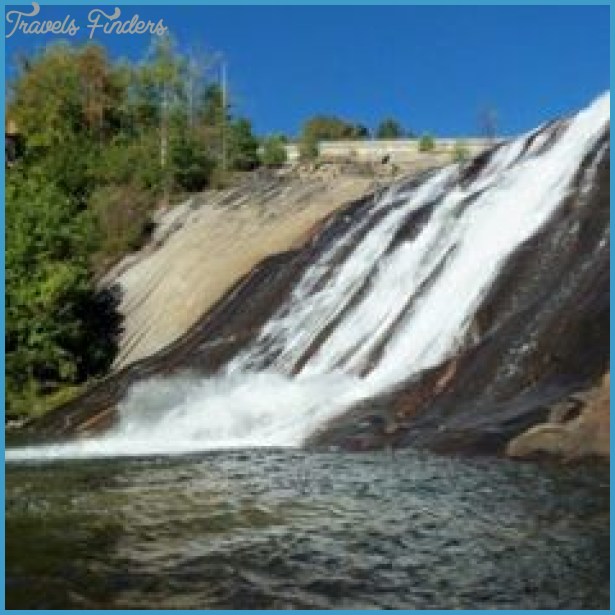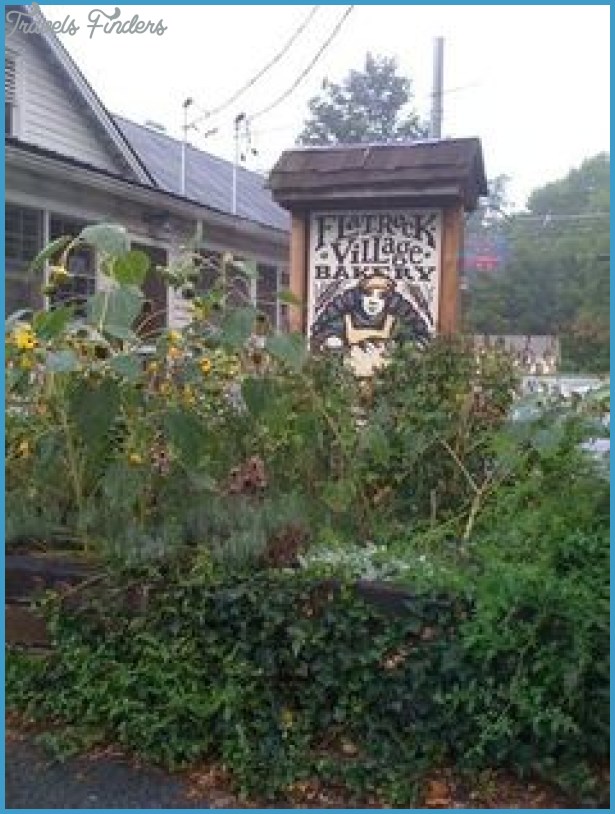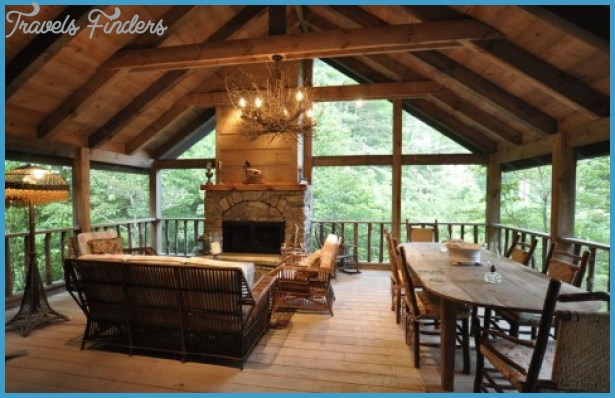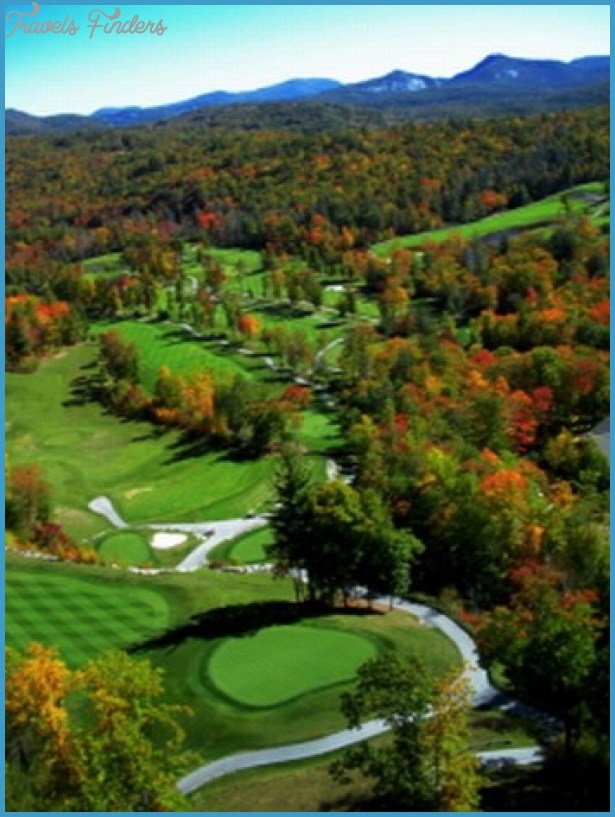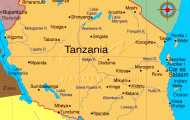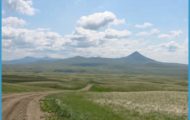A good waterfall-producing stream needs two things. First, it needs a lot of water, which comes from a large watershed and high rainfall. Second, it needs some distance between its source and the waterfall so it can pick up runoff and the flow from tributaries. Then, when it’s good and ready, it needs to flow over an escarpment of hard, erosion-resistant rock. That’s why you don’t find many significant falls along the eastern Blue Ridge Front in the northern part of the state. The streams simply don’t have enough time to gain any size before plunging down the steep slopes. And it’s why you don’t see that many major falls along the extreme western mountains of North Carolina. Although the streams often reach considerable size there, they don’t flow over the steep, erosion-resistant rock necessary to form the waterfalls.
Start out on U.S. 64 in the community of Sapphire. Head south on NC 281. Drive 10 miles, crossing into South Carolina, then bear right onto Oscar Wiginton Memorial Highway. Drive 2 miles, then turn right onto what becomes NC 107 at the state line. Drive 7 miles, then turn left onto Whiteside Cove Road. Drive 7 miles to an intersection. To the left, Bull Pen Road leads 3 miles to the Chattooga River. To the right, Horse Cove Road leads 5 miles to Highlands. (31 miles)
But on this route oh, my! The major streams spring from a high plateau near Cashiers and flow for several miles before reaching the southern Blue Ridge Front. Receiving well over one hundred inches of precipitation annually, the region is considered the wettest in eastern North America. By the time the rivers reach the escarpment, they are ready to rumble. The first section of the route, which traverses the Lake Jocassee watershed, probably has more major waterfalls than any area of comparable size in the East. Certainly, no other place in North Carolina can compare.
Thompson River flows over several waterfalls along its course through the Lake Jocassee watershed. White Owl Falls, seen here, is located just downstream from the U.S. Highway 64 bridge.
Considered by many to be the most spectacular waterfall in the East, Whitewater Falls in Nantahala National Forest falls more than four hundred feet.
While the general scenery is superb all along the route, the only way to see the waterfalls is to hike to them. Some are reached by a short, easy path, but most require fairly strenuous effort. Some require very difficult off-trail bushwhacking and creek wading. Few of the trails are marked. If you plan to do any waterfall exploring, you may want to pick up a copy of North Carolina Waterfalls, which includes most of the falls in the area. See the Further Reading appendix for more information.

